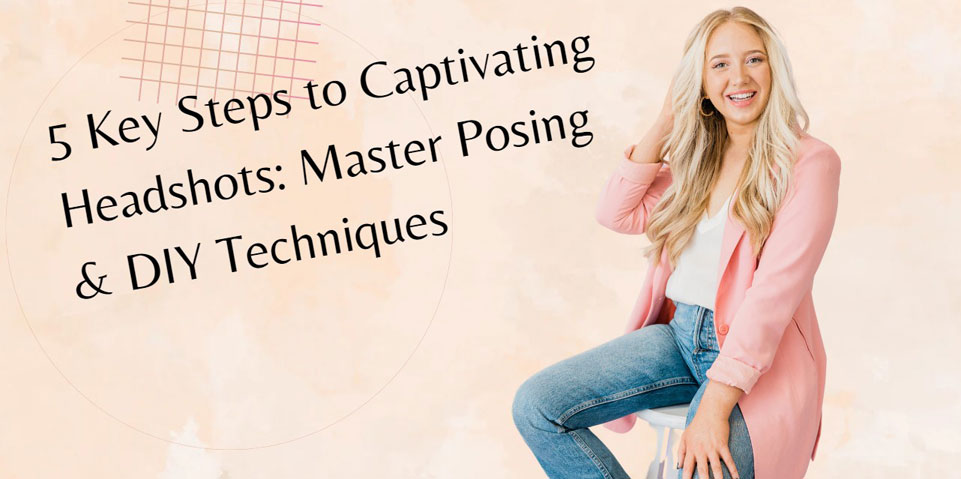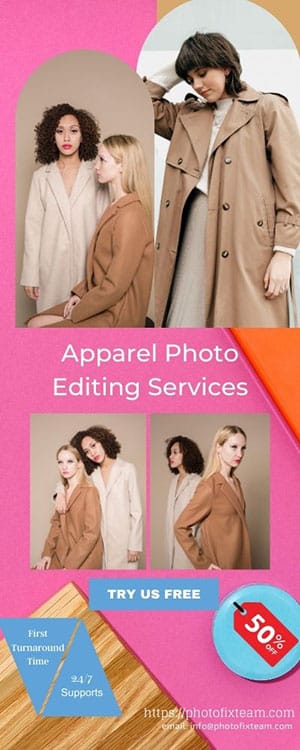5 Key Steps to Captivating Professional Headshots: Master Posing & DIY Techniques

A compelling headshot is your first introduction to the world. Whether you’re a professional, an artist, a freelancer, or anyone needing a digital identity, headshots are crucial.
They serve as a glimpse into your persona and can significantly impact your opportunities. Thus, mastering professional headshots, especially focusing on headshot poses and DIY methods, becomes an essential skill in personal branding.
Why Professional Headshots Matter
Before diving into the techniques, it’s essential to understand the significance of a powerful headshot. Professional headshots go beyond mere photography. They encapsulate your professionalism, confidence, and approachability, communicating non-verbally with your potential clients, employers, and audience. A well-executed headshot with the right pose can set the tone for the engagements and opportunities to come your way.
Mastering the Art of Headshot Poses
Pulling from insights on Headshot Poses, the right posture and expression make a substantial difference. Let’s delve into some crucial aspects of posing that can accentuate the quality of your headshots.
Picking the Right Angle
Every face is unique and should be photographed from an angle that complements its best features. Shooting from a slightly higher angle helps in accentuating confidence while ensuring the eyes are in focus. Conversely, avoid low angles to keep from undermining the subject’s presence.
The Art of Positioning the Body
The shoulders play a significant role in headshot poses. A slight angle in the shoulder positioning, as opposed to a straight-on shot, adds depth to the picture, making it more dynamic and engaging.
Mastering Facial Expressions
The face is the focal point in headshots. A natural, easy smile that reaches the eyes often creates an air of approachability and friendliness. Encourage blinking between shots to keep the subject’s eyes from glazing over, ensuring a fresh and vibrant look.
The Impact of Eye Contact
Direct eye contact can be a powerful tool in headshots. When the subject’s gaze meets the viewer’s, it establishes a connection, making the shot more personal and inviting.
DIY Professional Headshots: Elevating Your Game
Not everyone has the resources to hire professionals. However, referring to insights from DIY Professional Headshots, you can execute an equally impressive job by following certain DIY strategies. These methods not only save money but also imbue a personal touch to your headshots.
Setting Up the Right Environment
Location plays a pivotal role. You don’t need a studio as an ideal location could be anywhere, from a room with good natural light to a quiet outdoor spot. The key is a distraction-free background that contrasts well with your outfit, enhancing your presence in the shot.
Lighting Is the Key
Understanding and manipulating light can break or make your DIY headshot. Natural lighting is preferable, but if unavailable, investing in affordable soft lights can do wonders. The golden rule is to avoid harsh shadows and highlights that distort facial features. Diffused lighting creates a balanced look, ideal for headshots.
The Right Gear and Settings
High-end equipment is not a prerequisite for professional photos. Even smartphones, with their advanced camera systems, can suffice for a headshot session. The essential aspect to maintain is the resolution – keep it high. Also, ensure the focus is sharp, particularly on the eyes. Understanding basic rules of composition and depth of field will further enhance the shot’s quality.
Post-Processing Magic
Even the best photos need a bit of polishing. Software like Photoshop or Lightroom can enhance your DIY professional headshots. The trick is subtlety in adjustments. Slight touch-ups on exposure, contrast, and color temperature can elevate a photo without making it look heavily edited.
Common Mistakes to Avoid
Achieving the perfect headshot requires you to steer clear of certain pitfalls. Here are some common mistakes to avoid:
- Over-Editing: Keep alterations minimal. The objective is to look polished, not unrealistic.
- Wrong Clothing: What you wear matters. Avoid flashy patterns or logos. Solid, neutral colors are your best bet.
- Forced Expressions: Stay genuine. Forced smiles or looks can come off as insincere.
- Ignoring the Background: A messy or distracting background can divert attention from the subject.
Conclusion: Putting It All Together for the Perfect Headshot
Combining the art of headshot poses with DIY professional headshots techniques allows for a portrayal that is not just visually appealing but also deeply personal and professional. The key lies in understanding the subtleties of presentation, from facial expressions and body angles to the technicalities of lighting and editing. By taking control of this narrative, you craft an image that is not just a representation but an extension of your persona, ready to make the desired first impression in the professional world.
“Remember, in the realm of digital identities, your headshot is akin to your digital handshake—make it count.”

